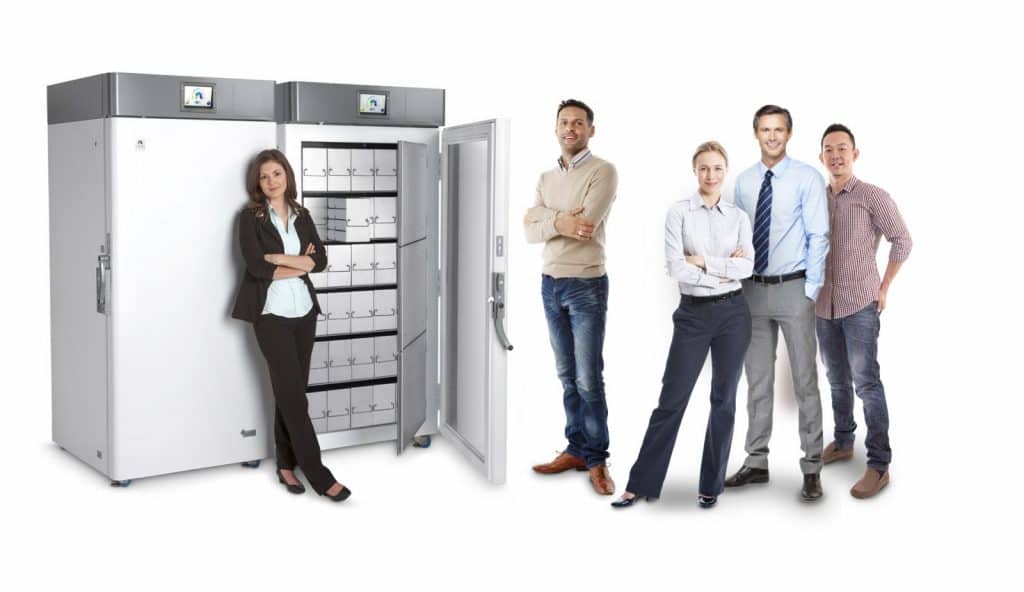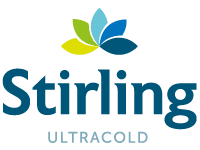(Athens, Ohio, USA, June 9, 2014) The United States Department of Energy (DOE) has released preliminary results of an independent study of comparative ultra-low temperature freezer performance confirming significant energy reduction of the Stirling Ultracold ultra-low freezer in side-by-side evaluations with top competitors. The study was commissioned by the Better Buildings Alliance Laboratories and performed for theDOE by Navigant Consulting.

The preliminary results are available directly from the Better Buildings Alliance Laboratories website.
Among the findings are both energy savings and economic analyses that rank the Stirling Ultracold -80°C ultra-low freezer first among all freezers tested in power efficiency and return-on-investment.
The Stirling Ultracold freezer saves 66% in energy when compared to the average ultra-low freezer as measured in power consumption per cubic foot.
The Stirling Ultracold freezer delivers a three-year payback on the additional cost over comparison units compared to nine years and fifteen years from the latest competitive energy-savings freezers tested.
Other freezers selected for the study were manufactured within the last two years, and were within the top 25% of the market in terms of efficiency based on unverified manufacturers’ claims. All freezers were installed at host laboratories on the campuses of the University of Colorado, Boulder and Michigan State University, where measurements were documented using identical power meters, identical internal and external temperature sensors and identical magnetic state data loggers to record door opening frequency and duration.
Detailed results of the DOE study will be published in a report and made available on the Better Buildings Alliance website. Additionally, the Alliance plans to deploy additional resources to help increase market penetration of more high-efficiency ultra-low freezers through the DOE High Impact Technology Program (HIT).
Update, June 10, 2014
The DOE study was conducted using freezers with HFC refrigerants. Since the study was completed, Global Cooling, Inc. has introduced the industry’s first ultra-low freezer operating on 100% natural refrigerants using 10 grams of helium in the Stirling engine and 90 grams of ethane in the thermosiphon. The United States Environmental Protection Agency’s Significant New Alternatives Policy (SNAP) Program has found the company’s submission to use ethane in this application complete; therefore GlobalCooling is able to sell freezer’s containing ethane. The freezer is UL listed.
Benefits of natural refrigerants are significant. Helium has no Global Warming Potential (GWP). Ethane has a GWP of 5.5. In contrast, a typical ultra-low freezer sold in theUnited States uses HFC refrigerants in its cooling system – around 300 to 400 grams of R407D (GWP 1,627) and 600 to 700 grams of R508B (GWP 13,396). The net effect is that these refrigerants are up to 17,000 times more damaging to the environment than those in the Model SU780UE cooling system.
Compared to any competing freezer, the Model SU780UE now delivers the best pull-down from ambient and the best temperature stability, all while using less than half the energy and rejecting less than half the heat to the room.
The original Stirling Ultracold -80°C SU780U freezer won the 2013 Outstanding New Product Award by the International Society for Biological and Environmental Repositories (ISBER) at their annual meeting in Sydney, Australia.
For more information on the Stirling Ultracold ultra-low freezer contact Stirling Ultracold Sales, or call 740-274-7900.
Release issued by Neill Lane, CEO








